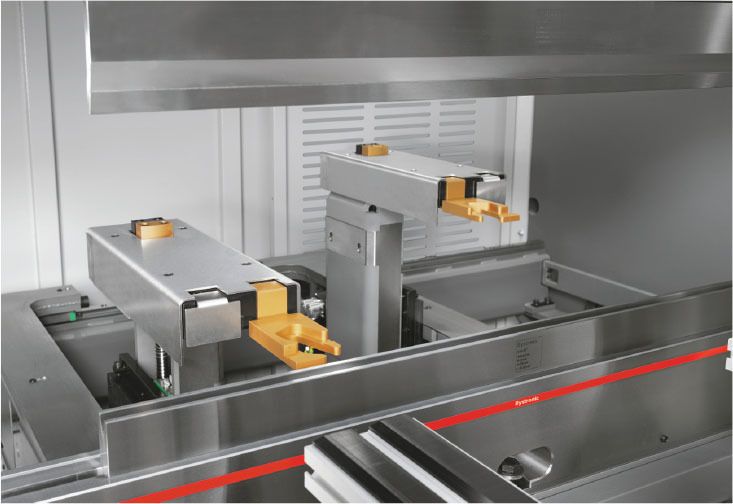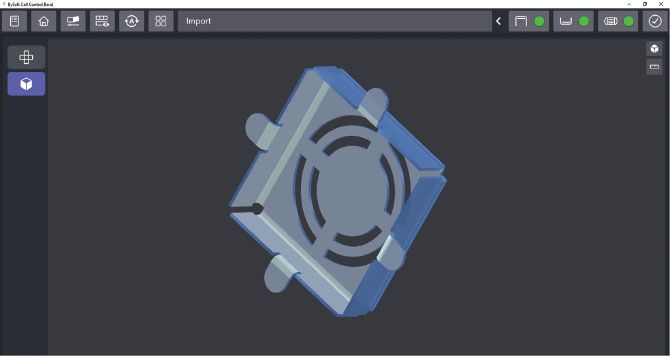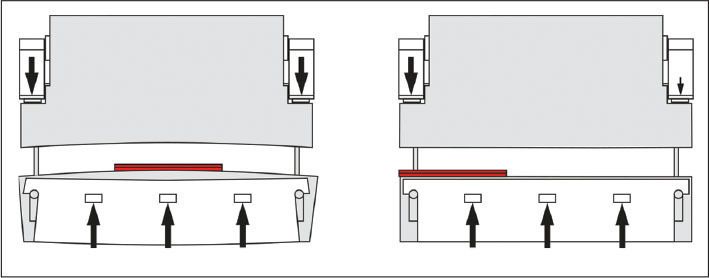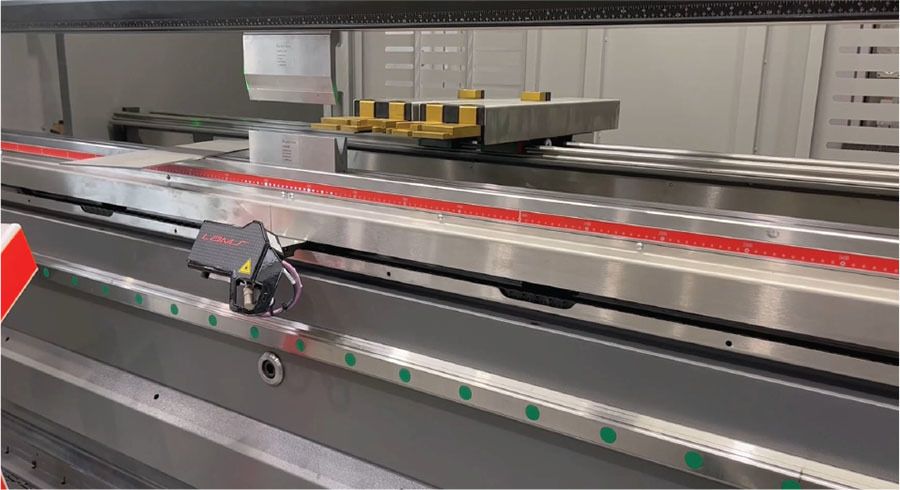
News Press brake essentials for complex building
Tackling complex shapes on a press brake can be challenging. Ensuring the correct bend sequence order and sufficient clearance for each bend may appear simple, but one misstep can lead to scrapped parts and delayed deliverables.
Luckily, modern brake technology can help. Whether a shop is investing in a new machine or determining what tech can be added to an existing setup for improved throughput, the following considerations may help.
CAD/CAM Software
Good part design is the key to efficient production in any successful fabrication shop because it creates a more streamlined processes for everyone involved in the project. Software has come a long way in helping shops achieve this.
Some software packages now offer the ability to apply tooling within the software. Upstream processes can be heavily impacted when engineering does not consider the radius achieved by the tooling on the shop floor. Having the ability to change the V die in the program can result in a more accurate 3D model before a single part is processed. When the desired V die is applied at the modelling level, the correct radius can be achieved, and that’s where it all starts with forming.
Another tool that many software packages now offer is a way to calculate the bend deduction required when the flat pattern of the part is being developed. Shops with forming experience understand the importance of using the correct bend deduction when cutting blank parts for production.
Software platforms that allow for customized K-factors provide more accurate bend allowances, accounting for the arc length of the shifted axis after forming. Next, the outside setback (OSSB) and bend deduction are calculated. These calculations are critical for developing the proper blank size before it is sent to the cutting process. The software handles the long form math calculations and streamlines the process.
Some software platforms allow users to upload STEP files directly to the machine’s human-machine interface (HMI). The software on the machine can then flatten the model and simulate the bend directly while also ensuring part dimension accuracy.
This simulation offers a safety benefit as well. Operators who watch the simulation can understand ahead of time where to safely position their part grip, to avoid any pinch points against the side of the ram or the side of the tooling.
Crowning
Crowning is a challenge on any part requiring a bend over 4 ft. Failing to account for the deflection from the ram can cause angularity discrepancies across the bend length.
Every machine builder attempts to address this challenge in a different way. Wedge-style crowning, which is achieved before or after forming, can be time-consuming and less accurate. Dynamic crowning is achieved as the bend occurs and where the bend is located on the table. Several hydraulic cylinders in the bottom bed react with sensors monitoring the pressure from the material to produce the crowning. This is how Bystronic addresses these challenges. Dynamic crowning also enables the use of multistation bending across the entire bending length, as the crowning occurs dynamically depending on the location of the bend.
Building large, complex parts requires the operator to understand how the machine is set to respond to these situations.
The Backgauge
The backgauge is an ally to the machine operator when bending complex shapes because it prevents the part from "walking" due to too few points of secure contact. With tapers and unique flanges, having a backgauge that can be adjusted to better secure a part is invaluable.
Each machine tool builder takes a slightly different approach to this. For example, Bystronic offers a 6-axis backgauge system for added flexibility. The left and right backgauges have independent range from each other, which helps when parts aren’t parallel to the backgauge system. The multifunctional finger design offers an opening in the centre of the gauge frame, allowing the software to dictate the contact edge. It then places the part within that opening while maintaining two points of contact to avoid walking of the part.
Clamping and Specialty Tooling
Special tools are essential for complex parts that pose the risk of a flange making contact with tooling. The challenge with such tooling is removing it between jobs. Clamping options are available that allow the operator to switch out individual tools quickly, without having to clear the entire ram.
Investing in the right specialty tooling also can have a big impact on processing complex parts. Some specialty tooling can change four bends into one, such as a hat channel. The right tooling can create louvres, hinge forms—almost anything that can be conceived in CAD/CAM software. If it’s a high-volume part, the ROI is often easily justified.
Shops should revisit their parts regularly to see if a redesign and retooling might make their process more efficient.
On-Machine Measurement
On-machine measurement can actively measure springback on your parts, which will capture any angle variances and adjust the bend automatically. There is bending software available with the capability for unique material to be built into a database. Using the database with material properties, operators can be confident the desired angle will be achieved. The on-machine measurement system can account for variances in material properties, thus increasing overall productivity.
Bystronic uses a laser measurement system, while others use a side profile safety camera or a mechanical arm that will touch the material to achieve its measurement. The goal is to adjust the action of the ram to get accurate and repeatable parts quickly.
Efficiency is key to continued success in manufacturing. Ensuring your press brake is equipped with the proper options and tools is essential for achieving maximum production flexibility of complex geometries that come through your shop.
As published in Canadian Fabricating & Welding
By: Chad Alan, Product Manager, Bending
Market Region Americas, Bystronic Inc.


